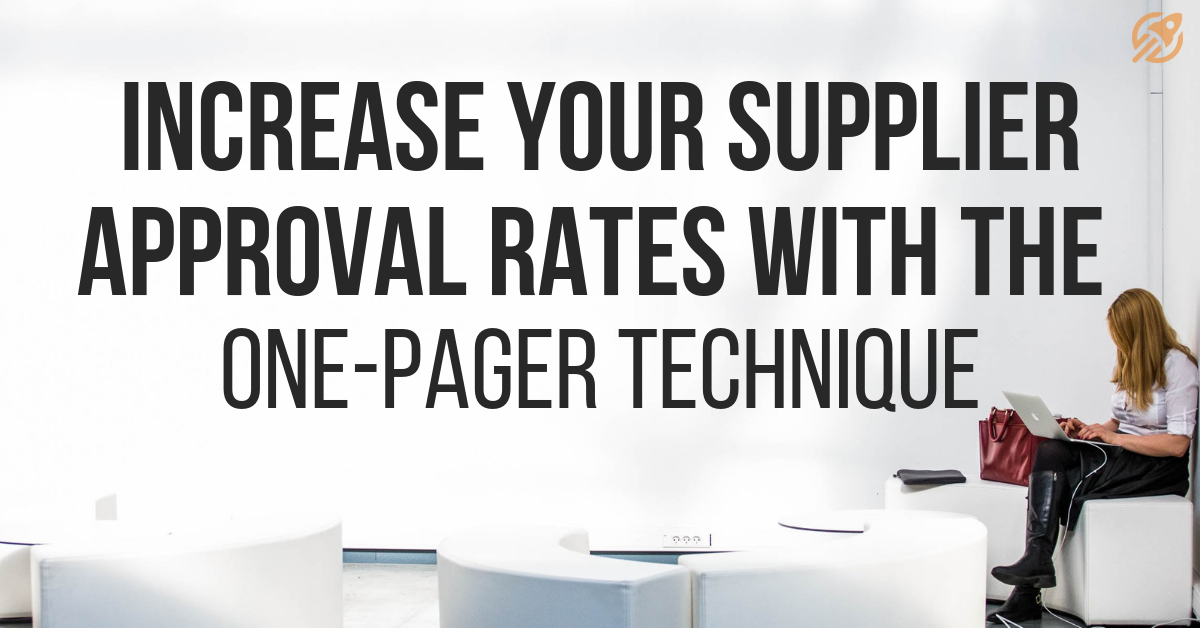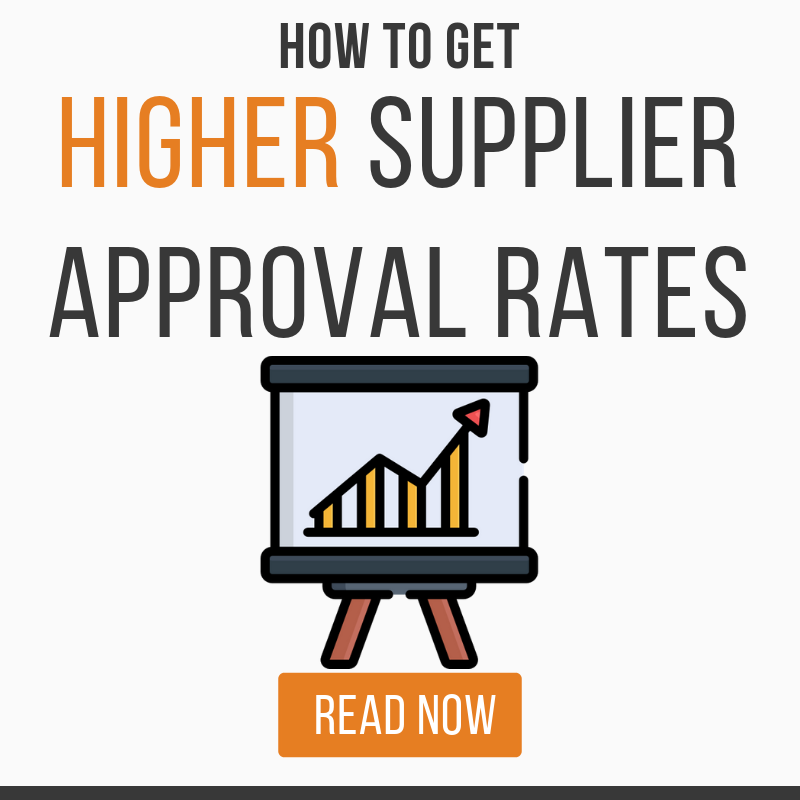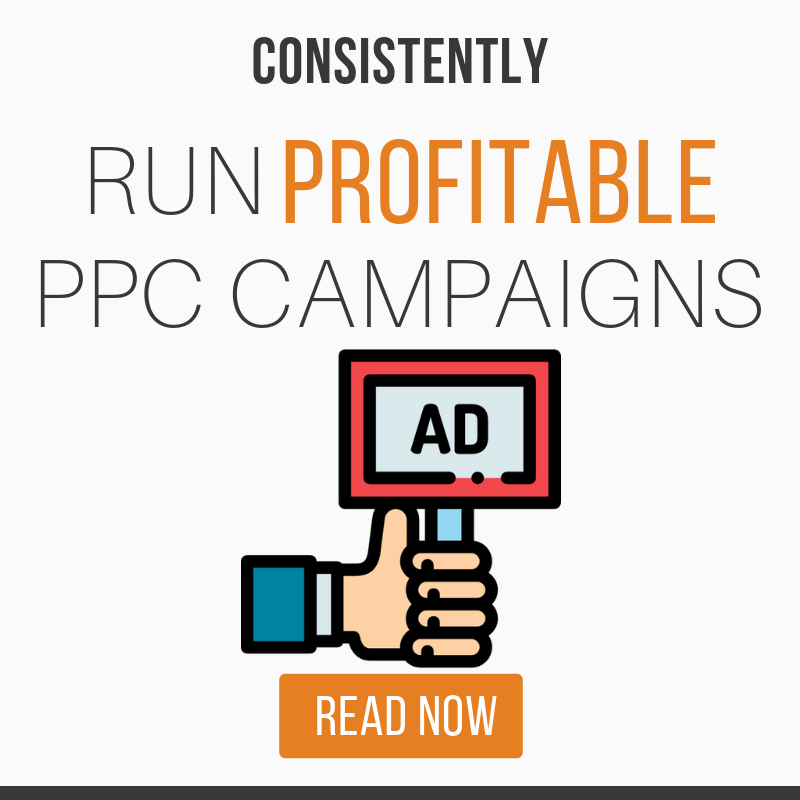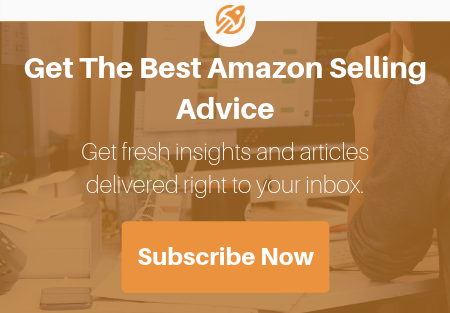
The more you speak with suppliers, the quicker you’ll realize there are a few small things they are concerned about when approving you.
I’ve written a few blog posts on how to overcome the majority of these issues during the initial phone call. What’s been missing is teaching you how to create and use what we call a “One-Pager”.
• What The One-Pager Looks Like
• What To Include On Your One-Pager
• Increase Supplier Approval Rates
A Simple Explanation
A One-Pager is a simple summary of an ASIN showing exactly what you’ll be doing to increase its sells and provide value to the supplier.
This document is super easy to put together but does take 5-10 minutes of your time but the increase in approval rates is well worth the effort.
Imagine having a supplier on the fence during an initial call. For some reason, you just can’t seem to get that approval. While still talking, you email them your One-Pager and ask them to take a quick look.
As you explain the exact things you’ll be doing to increase not only their sales but their brand, they start to shift their decision.
What you’ve really done is show immediate value to a supplier without asking for more than any other potentially seller. That’s how you win this game; giving more value than any other seller.
Once you’re really good at sourcing wholesale inventory on Amazon, you then need to get really good at landing wholesale accounts.
What The One-Pager Looks Like
It’s very easy for us to assume paying a supplier tens of thousands of dollars is enough added value. It seems easy logic to follow but competition is high. Meaning you’ll need to provide more value than the hundreds of other sellers able to cough up the capital.
Understanding what a supplier really wants is incredibly important. Someone trying to lose weight doesn’t want to lose weight, they want to fit in their wedding dress on their special day or be able to run around and play with their grandchildren their about to have.
One is an outcome, the other a reason.
As an example, let’s consider a sales rep. Do they really care deeply about the brand’s growth over everything else? Of course not.
Sure they care but at the forefront of their minds are commission – that’s how they make their money. 10% of your $500 order isn’t enough for them to really work hard for you. The same commission on a $10,000 order… that’s enough for them to make it work for you.
Another example is of a brand owner who does care about the longevity of the brand. It’s not how much you can spend but how much you can increase sales.
That’s really where the One-pager shines!
A great One-Pager sums up perfectly what needs to happen for a product to start growing in sales on Amazon.
There’s usually low hanging fruit that is easy to notice but you want to go deeper on a product to find real opportunities – treating the product as if it was your own.
Consider the product something you spent months creating and want to grow. In other words, feel a sense of ownership of the product to find more opportunities such as looking through customer reviews to find potential bundling product ideas you can suggest to a supplier.
6 Major Things That Should Be Included In Your One-Pager:
1. Basic listing optimizations such as having 7 high-quality images (2 being a “lifestyle” photo), better Titles, Descriptions, and Bullet Points (*only the first 3 show on mobile).
2. Make specific suggestions as to what those new Titles, Descriptions and Bullet Points should be.
3. Share a number of longtail keywords that should be added to the listing to increase organic traffic and sales.
4. If the product is made in the US, let the supplier know that should be promoted in the Title and Description and one of the images.
5. Finding video reviews outside of Amazon could be an amazing addition to the listing – uploading a small section of the review for potential customers to see.
6. Suggest specific keywords they (hopefully you) should start running Pay Per Click Advertising too.
Putting all of this into an email is a surefire way to demonstrate immediate value and show that you’ve done your homework. Not only do you know how to sell on Amazon, but you’re practically an expert of their product as well.
How To Increase Your Supplier Approval Rates Overnight
Let’s assume you reached out to a supplier/brand for the first time to get the account. For whatever reason, they won’t be approving you.
With a smile on your face, you casually ask if you could send them your recommendations so they can still be used. This is regardless of them approving you or not.
Of course, they’re going to say ok. After hanging up put the final edits on the email – referencing your just ended conversation, how you enjoyed speaking with them, that you hope they get value from the recommendations and that you hope they reconsider your account someday but you understand why it’s important for them to sell to a small number of distributors.
If the recommendations are things they haven’t considered themselves, you won.
After enough time for them to both to read and consider your recommendations, they’ll start to see the large opportunities they’re missing. Even better, they’ll see your value for bringing that information to them and start to see how you’re the easy solution for reaping all of the benefits of these recommendations you’ve suggested.
You may find their response to be in-depth, sharing extra details that other sellers wouldn’t be given. Information such as potential other keywords you should look at for Pay Per Click or new ideas on Bullet Points that would be fantastic.
What you’ve essentially done is bring many points to the forefront of a suppliers mind. Forcing them to mentally ask questions and consider what you’re suggesting. This immediately makes you an expert they want to work with.
Pairing a great initial conversation over the phone (even if you get denied) with an effective One-Pager email is a winning formula.
The supplier approval equation is pretty simple: (Value You Add)2
Shopify recently did a study and came to the conclusion that “B2B business is now dwarfing that of the B2C business.”
They go on to also add those wholesale customers – that’s us – prefer a “simplified ordering experience”. In other words, the supply chain is going to simplify, which is a huge opportunity for those who understand and have the skillsets to take advantage of it.
The more value you add to a supplier before being approved for the account, the more likely you are to get approved for the account.
You have to remember that this isn’t a transaction in the same way a user purchases a product on Amazon.
This is a business deal. That means being flexible, thinking of what a supplier actually wants from the deal (other than money) and “closing the sell”.






About The Author: Dillon Carter
Hi, with James, we're building Amazon tools that we wish we had when starting our own companies. We love tech, coffee, building systems and all things Amazon.
More posts by Dillon Carter